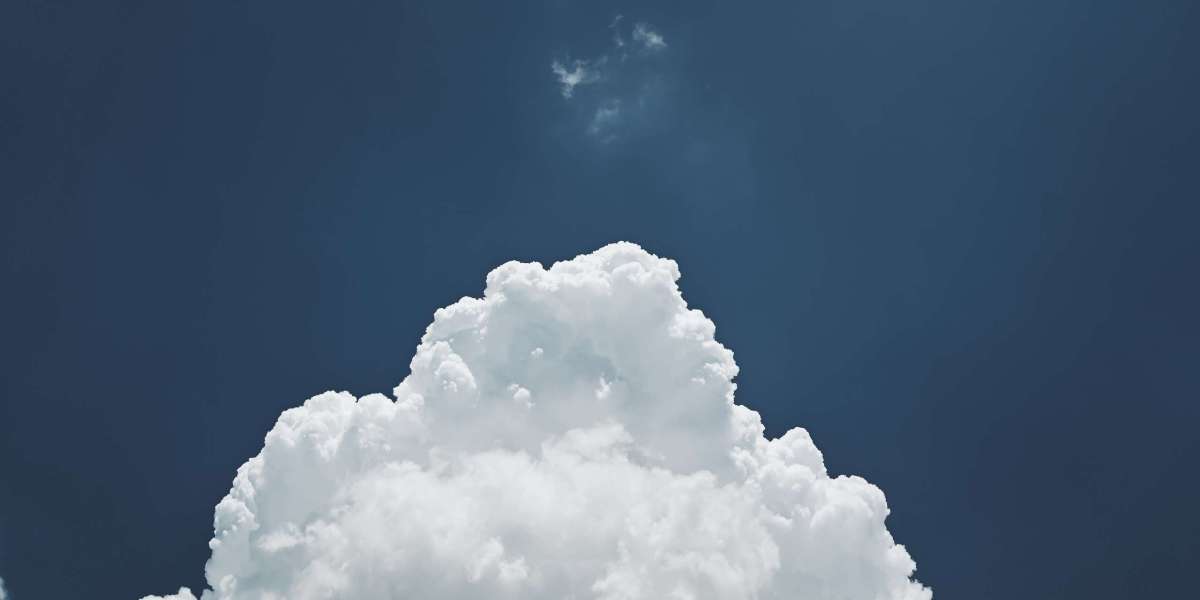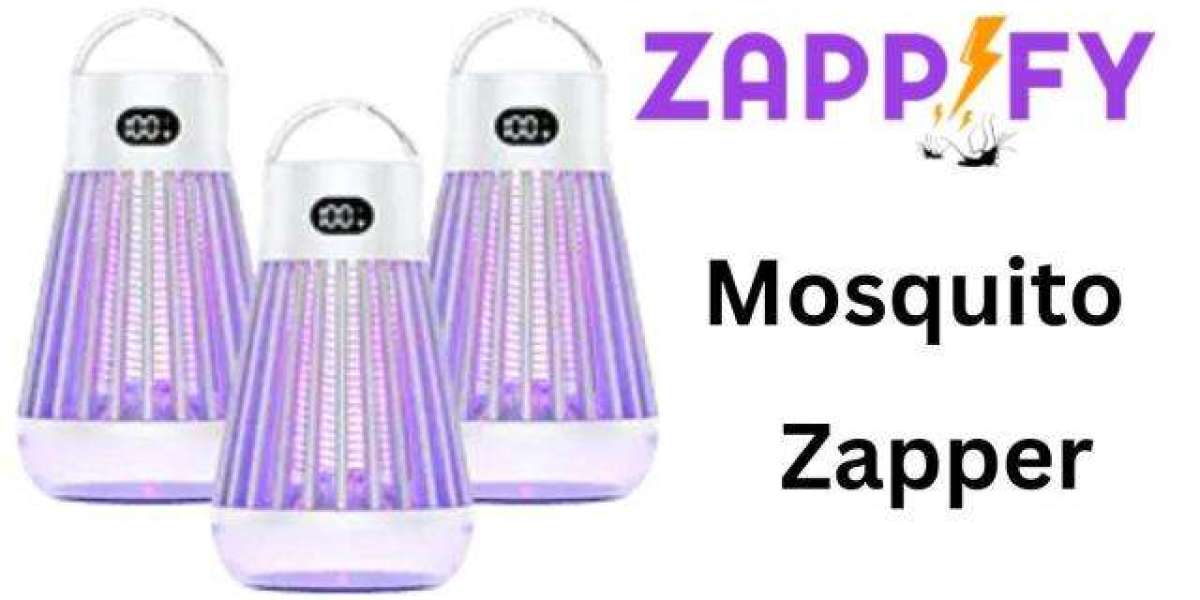A chimney that doesn't draw properly can be a frustrating and potentially hazardous issue. Whether you're using a wood stove or a traditional fireplace, a well-functioning chimney is essential for safe and efficient operation. So, what could be causing your chimney to malfunction? Let's explore some common reasons why a chimney might not be drawing properly and need chimney repairs.
Improper Stove Pipe Configuration
One common issue that can affect the chimney draft is the configuration of the stove pipe. A horizontal stove pipe should not be truly horizontal; instead, it should have a minimum of a 1/4" rise per foot of horizontal pipe heading toward the chimney. Additionally, the length of the horizontal stove pipe should not be greater than 50% of the height of the chimney. A simple reconfiguration of the stove pipes can drastically change and help the draft of the stove. If you're not comfortable reconfiguring the pipes yourself, consider consulting a professional.
Alternatively, you could use an inline draft-inducing fan, such as the AD-1 Auto Draft Fan, which mounts to the side of a single-wall stove pipe and forces the smoke up and out, creating a better draft.
Insufficient Flue Size
Another common reason for poor chimney draft is an insufficient flue size. This is often a result of a construction failure, where the fireplace was built too large for the flue size. If the flue size is not in scale with the opening of the fireplace, it will cause a poor draft. The general rule is that the area of the flue should be no less than 1/12th the face area of the fireplace for round flues and no less than 1/10th of the fireplace for square flues and rectangle flues with an aspect ratio of less than 2 to 1.
Dirty or Blocked Chimney Flue
If your fireplace or wood stove has worked perfectly for a while and you start noticing that it's not drafting like it always has, the reason could be a dirty or blocked chimney flue. When the flue begins to accumulate creosote, the flue area begins to shrink. If the flue is blocked and too much creosote has built up on the walls of the chimney, it will not have enough area to have a proper draft. The easiest way to fix the draft issue in this situation is to simply clean the chimney flue using a tool like the SootEater Rotary Cleaning System. Not only will this improve the draft, but it's also essential for preventing chimney fires.
Too Short Chimney
A too-short chimney is unlikely to vent properly and may also be a serious fire hazard, risking setting the roof on fire. While not universally true, we recommend following the 2-10-3 rule – a chimney must be 2ft. taller than any structure within 10 ft. and stand 3 ft. taller than the point at which it penetrates the roofline. If you're constructing a chimney, we always recommend consulting a professional as well as checking local building codes.
Too Tight Throat or Smoke Chamber
A throat or smoke chamber that is too tight for the size firebox will create smoke draw issues. The throat front and back should fit well at the top of the firebox and not restrict the opening air space. If you have a throat damper, ensure it does not restrict the throat opening either. Check to see if a firebrick or other material has been added to the back of the throat, which would reduce the throat opening area and should be removed. Feel around for smooth, streamlined surfaces with no obstructions that would restrict or redirect airflow.
Inappropriate Flue Size
For a fireplace to draw well, you need to be sure the flue size is adequate for the amount of smoke that can be created in the firebox. A good rule of thumb is that the fireplace opening be no more than 10-12x the area of the flue.
Chimney Pot or Cap Issues
A chimney pot or chimney cap that is too small can cause smoke to reenter your house. The base of the chimney pot or cap often fits over the top of the flue, but should never be smaller than the flue. The top of the chimney pot shouldn't be much narrower than the flue itself – "choking down" the diameter can cause smoke draw issues. In general, tops and caps should have a combined opening that is four times the cross-sectional area of the flue itself. If your chimney pot or cap is too small, consider replacing it with a larger unit to alleviate some of your smoke issues.
Pressure Differential
A well-functioning house will have close to neutral indoor air pressure and will work to keep the pressure natural. When a fire is burning in a fireplace, the fire is pulling a tremendous amount of air up the chimney. For the neutral pressure of the house to be maintained, the air that is escaping out of the chimney must be replaced with new.
FAQs:
Q: What are the most common reasons for a chimney not to draw?
A: The most common reasons for a chimney not to draw include improper stove pipe configuration, insufficient flue size, dirty or blocked chimney flue, too short chimney, too tight throat or smoke chamber, inappropriate flue size, chimney pot or cap issues, and pressure differential.
Q: How can I improve the draft of my chimney?
A: You can improve the draft of your chimney by reconfiguring the stove pipes, cleaning the chimney flue, ensuring the flue size is adequate, and checking for any blockages or restrictions in the chimney. You can also consider installing an inline draft-inducing fan or replacing the chimney pot or cap if necessary.
Q: What is the recommended flue size for a fireplace?
A: The recommended flue size for a fireplace is at least 1/12th the face area of the fireplace for round flues and at least 1/10th of the fireplace for square flues and rectangle flues with an aspect ratio of less than 2 to 1.
Q: How often should I clean my chimney flue?
A: It's recommended to clean your chimney flue at least once a year, or more often if you use your fireplace or wood stove frequently. Cleaning the flue regularly can help prevent creosote buildup and reduce the risk of chimney fires.
Q: What is the 2-10-3 rule for chimney height?
A: The 2-10-3 rule states that a chimney must be 2ft. taller than any structure within 10 ft. and stand 3 ft. taller than the point at which it penetrates the roofline. This rule helps ensure that the chimney vents properly and reduces the risk of fire hazards.
Q: Can a too-short chimney be a fire hazard?
A: Yes, a too-short chimney can be a serious fire hazard, risking setting the roof on fire. It's essential to ensure that your chimney meets the recommended height requirements to ensure safe and proper venting.
Q: What is pressure differential, and how does it affect the chimney draft?
A: Pressure differential refers to the difference in air pressure between the inside and outside of a house. When a fire is burning in a fireplace, the fire pulls air up the chimney, creating a pressure differential. If the house is not able to replace the escaping air with new air, it can create a negative pressure that makes it difficult for the chimney to draw properly.
Q: Can I fix chimney draft issues on my own, or do I need to hire a professional?
A: While some chimney draft issues can be fixed on your own, such as cleaning the flue or reconfiguring the stove pipes, more complex issues may require the expertise of a professional chimney sweep or technician. If you're unsure about how to fix the issue or if you're not comfortable with heights or DIY projects, it's recommended to hire a professional to ensure the job is done safely and correctly.






